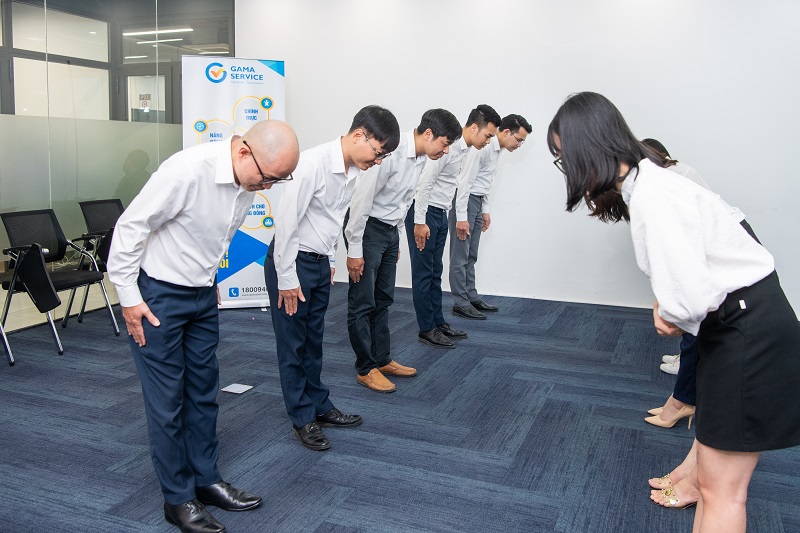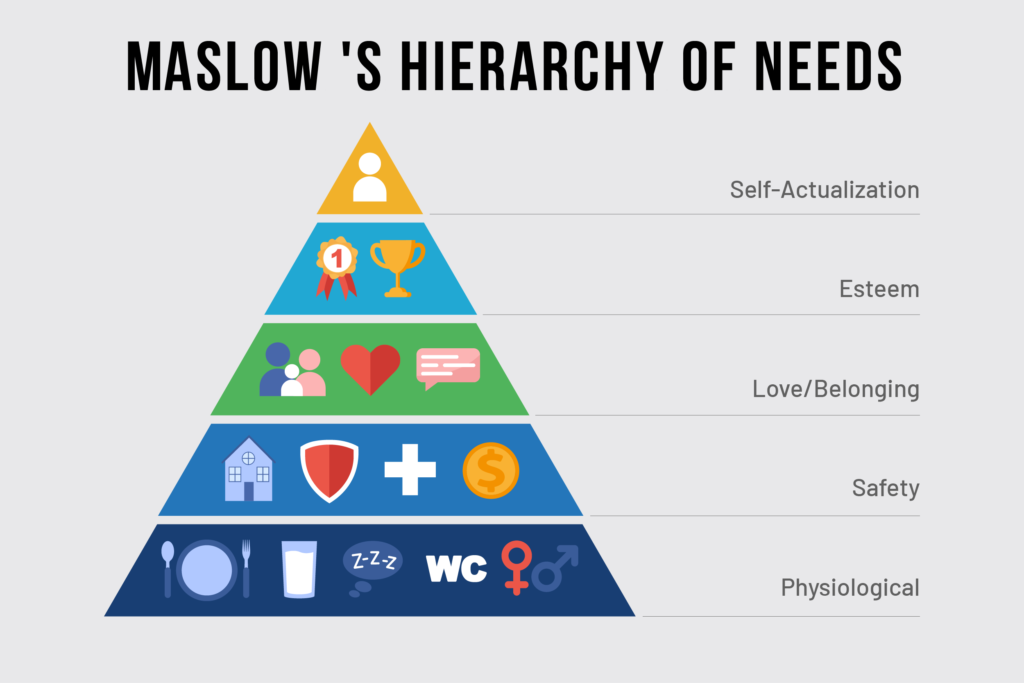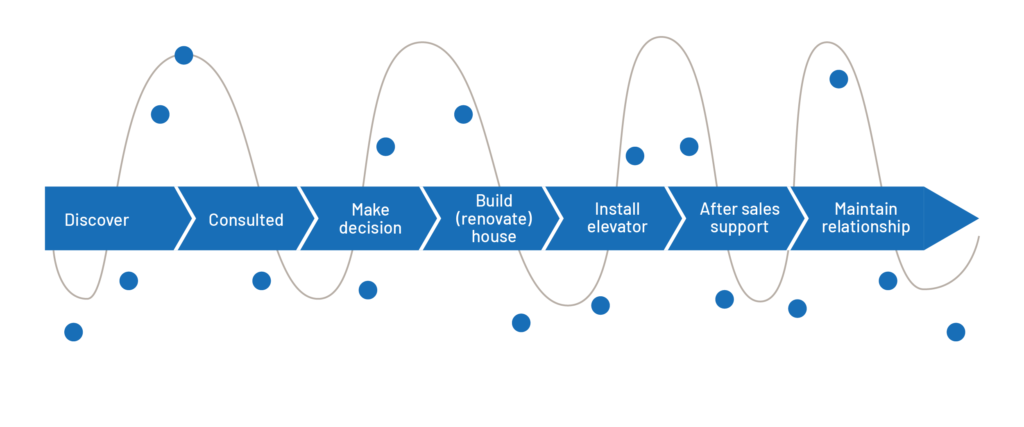The great success of Japan, in no small part, comes from the fact that the land of the Rising Sun has created unique cultural features, including the spirit of Omotenashi. That is the spirit of serving with all your heart, bringing really good values to customers as well as businesses. There are Vietnamese businesses that have absorbed this culture, with the mission of serving, taking customers as the driving force to innovate themselves.
From Omotenashi: the quintessential source of service style…
In Japanese, Omotenashi means hospitality. “Omote” means “public face”, the image you want others to know. Nashi means “nothing”. Putting them together makes a word that means serving with all your heart, from the bottom of your heart, being honest, not hiding, not pretending. This spirit has its roots in the tea ceremony, where we often see tea masters facing guests, calm but extremely dedicated. Omotenashi doesn’t require a perfect skill, just a pure heart. Therefore, Omotenashi brings the spirit of service beyond the expectations of customers.
In November 2021, we just witnessed the football match between Vietnam and Japan taking place at My Dinh National Stadium. When the match ended, when most of the spectators left the field, the Japanese spectators carried bags around the stadium to collect garbage. That is also the spirit of Omotenashi that sincerely wishes to bring value to the community. It is as ingrained characteristics, and as natural as breathing.

Practice one of the rituals of the Omotenashi culture – Japan
Going to Maslow’s Hierarchy of Needs: meeting customer expectations…
In business, Maslow’s hierarchy of needs is considered the key to opening the door to discover customer psychology. It is named after the famous psychologist Abraham Maslow and was introduced in 1943. Accordingly, the needs of people in general and customers in particular will be classified according to basic levels (from the bottom) pyramid) to high (gradually to the top of the pyramid).

Psychology of customer behavior is correctly recognized through Maslow’s hierarchy of needs
This form is completely consistent with the evolution of customer psychology in each development stage of human society. If in the previous stage, we only needed to provide essential products with high quality, durability, safety, etc. ie quantitative factors, we could compete but in the knowledge economy like now is not enough. The more society develops, the higher the product quality level is, the more product quality is no longer a key factor determining customer behavior. Customers are getting wiser every day, they have a need to be respected more, need more emotions with the service of the supplier, need to feel happy with their choice and constantly compare between services. In deeper level, they want service providers to touch their own “secret thoughts” – the top of Maslow’s pyramid.
To build a Customer Experience Journey…
We are generally more familiar with the term Customer Care. It can be understood that this is a type of service to satisfy usually the after-sale process of each business. This service will provide what businesses “have”. Things that customers “want”, Customer Care will not be able to provide. The figure that 80% of businesses believe they have provided excellent customer service, but only 8% of customers agree with this, pointing out the above inadequacy.
That is why building a Customer Experience Journey is necessary, because this method will “touch the heart” of the customer. The following story at a business is a vivid example.
Previously, after each elevator project was handed over and put into use, if there was a problem, then the Customer Care process was “activated”. Because there is no dedicated department to take care of, the customer’s data is fragmented, failing to bring into full play the responsibilities of the departments in solving customer problems. On the other hand, customers also do not know where to contact when there is a problem. Promoting the brand and sales seems to be the responsibility of a certain department assigned the task. The difference between what customers need and what businesses have has made businesses have to rethink their approach.

The Customer Experience journey is built throughout, synchronously
In 2018, businesses started building a Customer Experience Strategy, taking customers as the center, as a driving force for change in the business. Customer experience has ceased to be customer emotion for a moment in time. It is the process of customer contact through many “touch points”, such as website, social network, email, phone or directly with any representative of a brand.
For each stage of the Customer Experience Journey, specialized departments are assigned the right job. These departments will learn “Insight” – the real but non-verbal wants and thoughts of customers about the brand, product or service of the business. With such a subtle method of “reading the customer”, Omotenashi’s attitude and spirit is maximized throughout the business, so that each customer touchpoint becomes better and more perfect.
And spread the good
“It’s not just customers who benefit. We ourselves, when we strive to create happiness for our customers, we also find our own joy in it. The positive energies spread among departments. Good things keep growing every day. We are happy for our dedication and are more determined to contribute and bring more good things to our colleagues and ourselves. I am happy, my colleagues are happy, only then can I truly make my customers happy” – Nguyen Tuoi’s eyes – Head of GamaLift Customer Experience Department sparkled with emotion.

The effect from touch points spreads positive energy
There is a famous quote of William Arthur Ward: “The more generous we are, the happier we are. The more we cooperate, the more valuable we are. The more enthusiastic we are, the more productive we are. The more willing we are to serve, the more prosperous we will be.”
Thai Son



